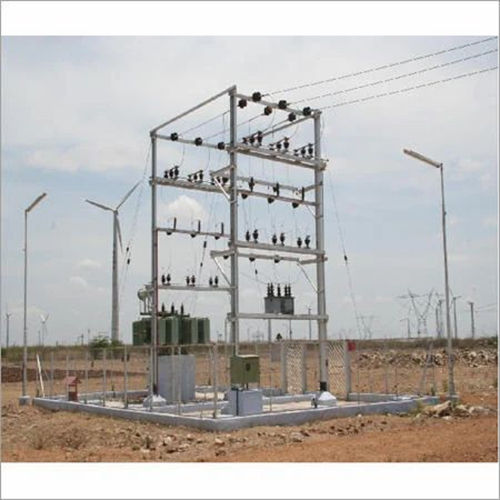
Pole Structure
Product Details:
- Product Type Pole Structure
- Material Ms
- Application Industrial
- Surface Treatment Polishing
- Color Gray
- Click to View more
Pole Structure Price And Quantity
- 5000 Kilograms
- 90 INR/Kilograms
Pole Structure Product Specifications
- Polishing
- Gray
- Pole Structure
- Ms
- Industrial
Pole Structure Trade Information
- 30 Kilograms Per Day
- 1 Week
- All India
Product Description
Various materials, including wood, concrete, steel, or composites, are frequently used to create pole structures. The choice of material is influenced by variables like price, availability, durability, and particular needs for a given application.
Wooden poles: In the past, wooden poles were frequently utilised since they were readily available, simple to erect, and affordable. In many places, particularly for low-voltage distribution lines, wood poles are still in use. Typically, they are constructed of treated wood to increase their durability and resistance to harm from insects or decay.
Concrete poles: In locations where high-strength, longevity, and resistance to environmental conditions are necessary, concrete poles are favoured. Medium- to high-voltage transmission and distribution lines frequently employ them. Concrete poles can be precast or cast on site and provide benefits including resistance to fire, decay, and vermin.
Steel poles: Steel poles are renowned for their longevity, strength, and resistance to adverse weather. They are frequently utilised for long-span applications, corrosive conditions, and wind-prone locations. against increase their resistance against corrosion, steel poles can be coated or galvanised.
Composite poles: Materials like fibreglass or composite polymers are used to make composite poles. They have benefits such being lightweight, having a high strength-to-weight ratio, being resistant to rot, and being simple to install. In sites with caustic soil, high levels of wetness, or delicate environmental conditions, composite poles are frequently used.
The weight of the overhead wires is supported by pole constructions that are built to withstand a variety of factors, such as wind loads, ice buildup, and electrical loads. In order to sustain the wires and equipment, they are normally erected at regular intervals along the utility route and joined by crossarms, brackets, or other gear.
To ensure safety, dependability, and adherence to electrical laws, it's crucial to understand that the design, installation, and maintenance of pole structures are subject to industry standards, municipal ordinances, and utility company restrictions. To guarantee good structural integrity and effective utility distribution, qualified specialists and engineers are involved in the design and construction of pole structures.

Price:
- 50
- 100
- 200
- 250
- 500
- 1000+
GST : 19AIUPD7069G1ZP
|
 |
MG INDUSTRIES
All Rights Reserved.(Terms of Use) Developed and Managed by Infocom Network Private Limited. |




